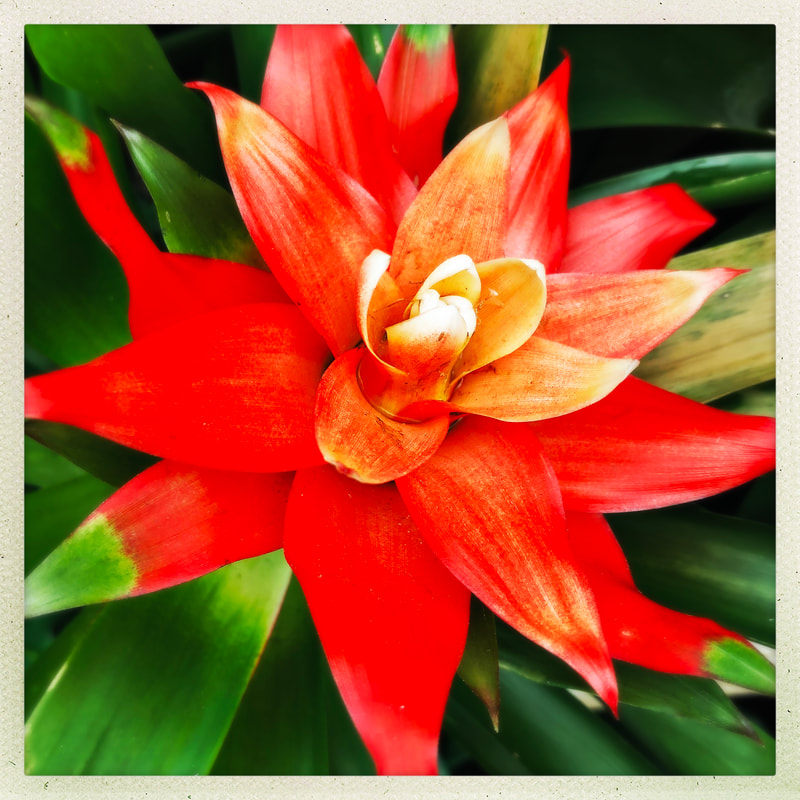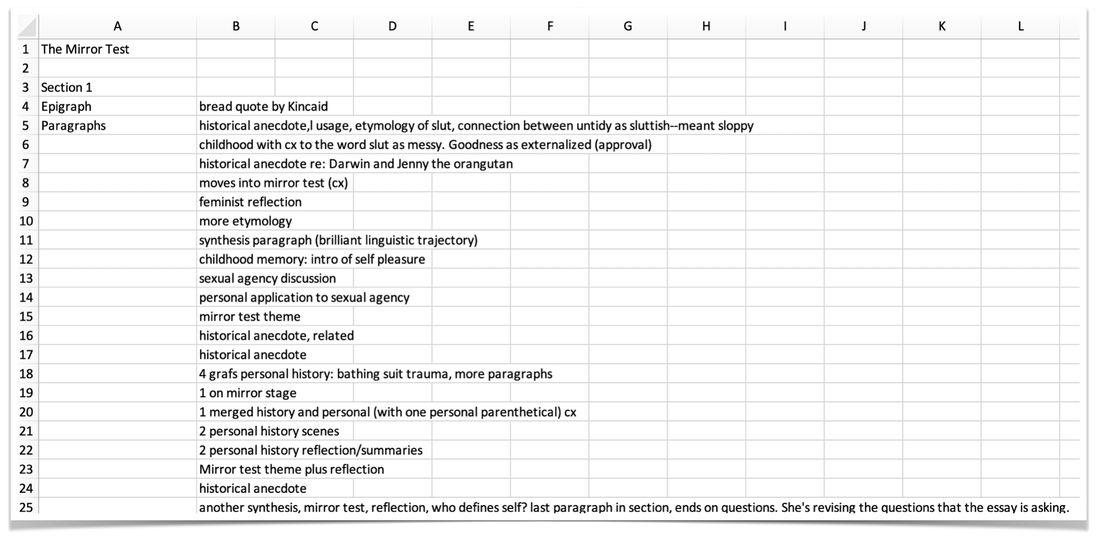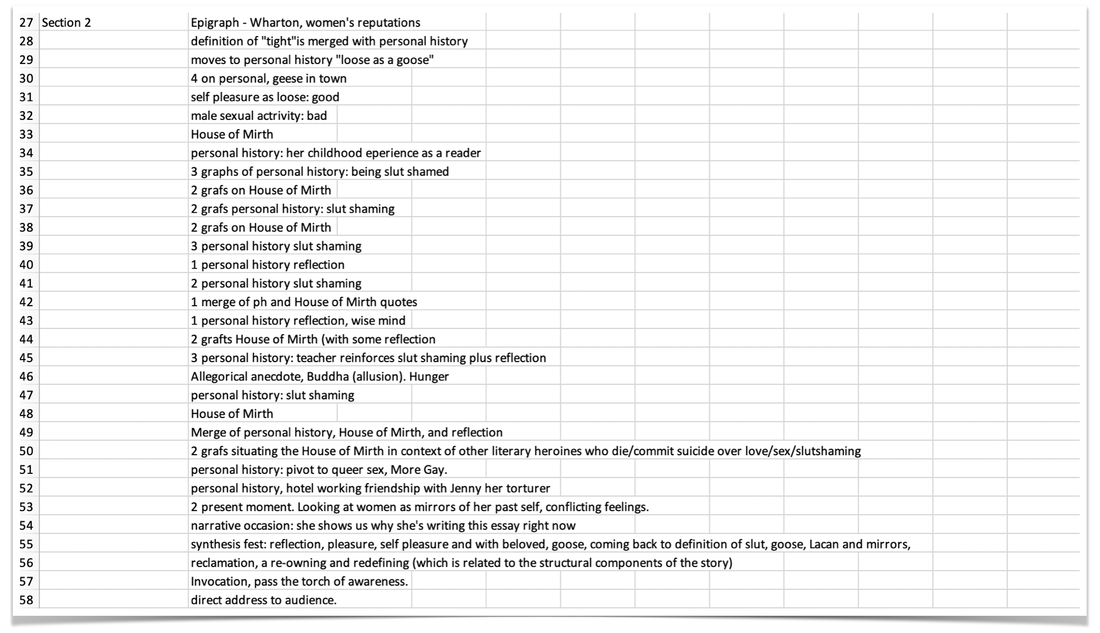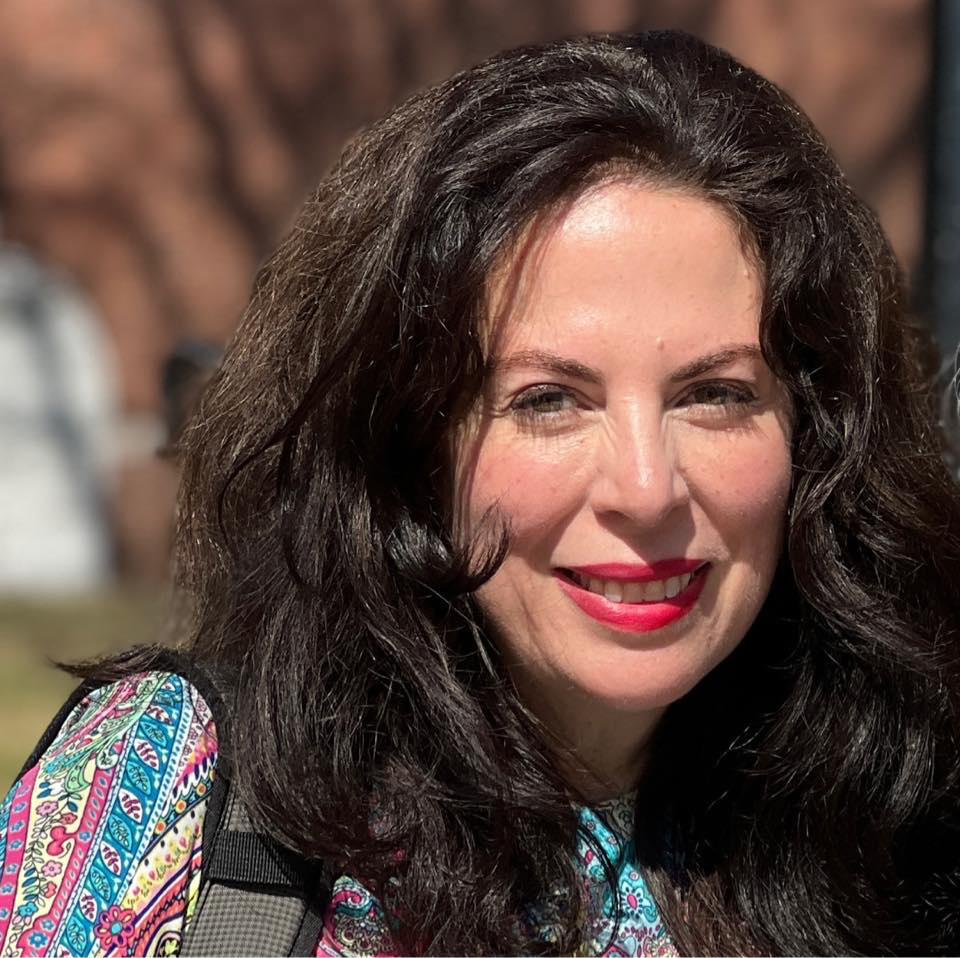ASSAY: A JOURNAL OF NONFICTION STUDIES
10.2
10.2
|
Until the fall of 2021, the braided essay was just another form to me. Little did I know that teaching students to write braided essays would crack open new, surprising pedagogical worlds that have yet to be exhausted, and set me on a journey of my own. It all began with Melissa Febos’ essay “The Mirror Test.” In this essay, Febos examines slut-shaming from three main braided strands: personal narrative, evidence-based research, and a critical response to popular culture’s depictions of it throughout history. She thickens the braid by including theory, literary analysis, and interviews with women from minoritized subject positions on their experiences, going beyond the limits of her subject position as a white woman to represent the topic.
As often happens in the best writer friendships, my friend and colleague Anna Chotlos, an accomplished essayist in her own right, read “The Mirror Test” first, then sent me a link my way. I sat down and read it in one go, experiencing the tingly feeling I get when an essay or story is crafted so well it kind of hurts. It was immersive, deft, complex, and kaleidoscopic, yet tight and compelling the whole way through, and absolutely stuck the landing. As essayists, Anna and I wanted to do more than admire “The Mirror Test.” We wanted to dive deeper into its structure. I sensed technical rigor under its lyrical sheen, which led me to open up a software I generally try to avoid as much as possible: Excel. We began to make a running list of the essay’s interweaving strands, noticing artfully irregular patterns of unspooling, synthesis, and weave. When we finished, the ineffable had become the approachable. A main braid of personal narrative, research findings, and cultural critique seemed to be at the heart of its success. Later that day, I resumed conceptualizing lesson plans for my junior-level composition class on the theme of Women and Writing. “The Mirror Test” was fresh in my mind, and given how much slut-shaming is still relevant to and often weaponized among college students, I decided to include it, as well as Melissa Faliveno’s thematically related braided essay “Switch Hitter,” as first-week readings. I hoped the essays’ frank yet transcendent engagement with sexism, substance abuse, and other common but shame-stained, victim-blaming issues would foster a sense of permission for students to write about their own personal experiences as the semester progressed.
|
|
Candace Walsh holds a PhD in creative writing (fiction) from Ohio University, where she teaches writing classes and received the 2022 Ohio University College of Arts and Sciences Outstanding Teaching Assistant Award. She will conclude her OU studies in May 2024. She holds an MFA in fiction from Warren Wilson College. Her poetry chapbook, Iridescent Pigeons, is forthcoming from Yellow Arrow Publishing in July 2024. Recent/forthcoming publication credits include March Danceness, New Limestone Review, and Pigeon Pages (creative nonfiction); The Greensboro Review, Passengers Journal, and Leon Literary Review (fiction); and Sinister Wisdom, Vagabond City Lit, and HAD (poetry). Her craft and pedagogical essays and book reviews have appeared in Brevity, Craft Literary, descant, and Fiction Writers Review. She co-edits Quarter After Eight literary journal, produces the QAE Reading Series, and coordinates Ohio University’s Visiting Writers program.
|



